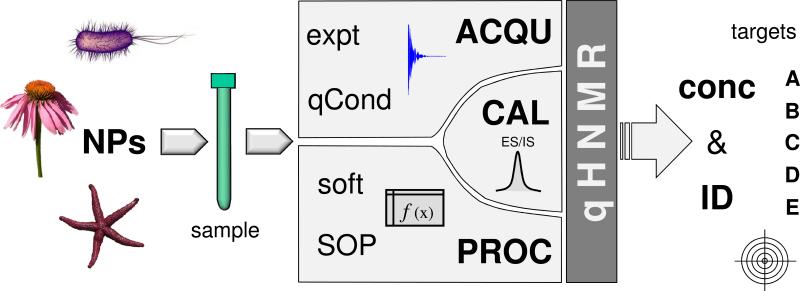Figure 1. Graphical representation of the qHNMR concept and work-flow.
Using 1H signals for universal detection, qHNMR is amenable to a broad range of pure to crude natural products (NPs). The qHNMR method consists of three main components: (i) ACQU – the acquisition, comprised of a suitable 1H NMR experiment (expt) that establishes quantitative conditions (qCond); (ii) CAL - quantitative calibration using a suitable external calibrant and method, or an internal calibrant; (iii) PROC – post-acquisition processing of the raw NMR data (i.e., FIDs), using a standard operation protocol (SOP) and software tool (soft). Major strengths of the qHNMR work-flow include the ability to simultaneously yield concentration (conc) and identity (ID) information, and to perform the analysis for several target analytes at a time and without the need for identical calibration standards.

